-
ABOUT US
-
ACADEMICS
Curriculum Program
Departments
- English
- High School Chinese
- Primary and Junior School Chinese.
- High School Mathematics
- Middle School Mathematics
- Primary School Mathematics
- Music and Fine Arts
- Physical Education
- Physics
- Chemistry
- History and Geography
- Physical Science and Optional courses Department
- Middle School Biology
- High School Biology
- Social Sciences
- Computer Science
- Courses in Primary School
Achievements and Matriculations
College Counseling
Science & Technology Innovation Contest
Subject Competition
-
ARTS
-
ATHLETICS
-
AT SHSID
SHSID ∣ TIMES
PTSA
Club Exhibition
- 龙吟社
- Live 2 Drama
- Choir
- Hip-pop Dance Club
- The Primary School Dance Troupe
- Symposiums Club
- Biology Workshop
- You Shan
- VEX Robotic
- Peking Opera Club
- Baseball Club
- Model United Nations
- The World Scholar’s Cup
- Future Problem Solving Club
- United States Academic Pentathlon
- OM Club
- AMC Club
- Music for Patients
- SHSID Gazette
- Smile Charity
- Cultural Moments
- SciAcademy
- Stem Doge Alliance
- Chinese Debate Club
- IAA
- Mock Trial Club
- Zhengming Club
- Furry Friends
- GT-Racing
- Village Radio
- IMMC Club
- Creative Design and Intelligent Fabrication
- Future City Research Project
- ECOCAP
- AdvocaSEA
- SPDC
- Medishine
- Floorball Club
- Animusic MTC
- Wings Up
- All Booked
Health and Wellness
Campus Safety
Cafeteria Service
-
ADMINISTRATION
-
ADMISSIONS
-
ALUMNI
Alumni Information
Honors Students
- Class of 2025
- Class of 2024
- Class of 2023
- Class of 2022
- Class of 2021
- Class of 2020
- Class of 2019
- Class of 2018
- Class of 2017
- Class of 2016
- Class of 2015
- Class of 2014
- Class of 2013
- Class of 2012
- Class of 2011
- Class of 2010
- Class of 2009
- Class of 2008
- Class of 2007
- Class of 2006
Who Studied at SHSID
SHS Foundation
-
DOCUMENTS
Puxi Campus G4-5 | Autumn Study Tour
The field trips in spring and autumn are a longstanding tradition at Shanghai High School International Division, providing students with an opportunity to step out of the classroom, embrace nature, expand their horizons, and learn beyond school walls. On November 13, 2024, students from Grades 4 and 5 at Puxi Campus set out on their autumn study tour to the China Industrial Design Museum and Changfeng Park.
China Industrial Design Museum
The China Industrial Design Museum is a unique space dedicated to showcasing exceptional products and innovations created by industrial designers. To prepare for their visit, the students explored fundamental concepts in industrial design and reviewed some classic examples through study guides and videos. The essential design principles were also discussed before the trip. These preparations sparked genuine excitement among the students, who noted their favorite designs in their study guides, ready to experience the museum firsthand.
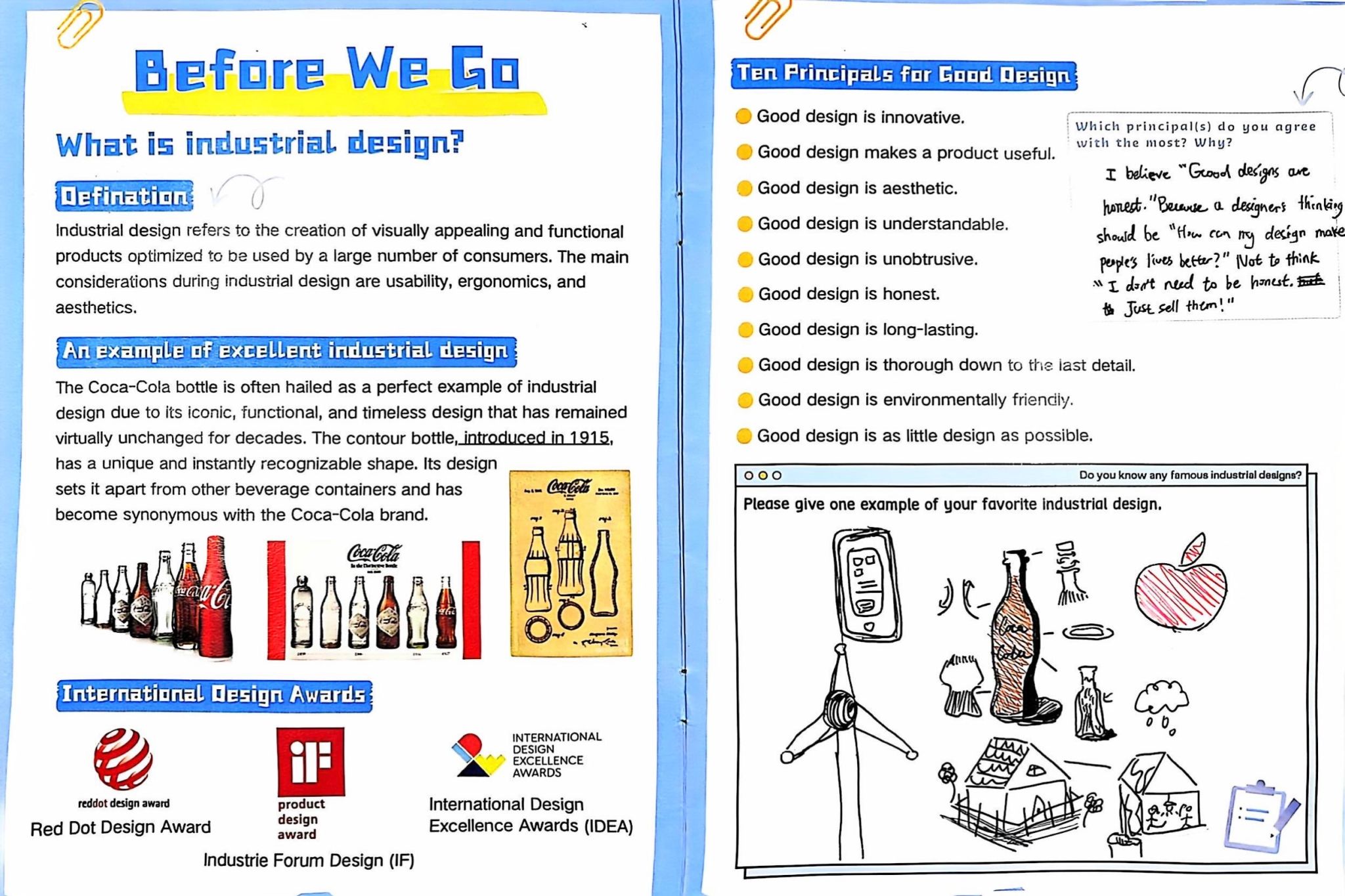
At the start of the exhibition, Mr. Chen Tiancheng, the museum director, used lively examples to introduce the students to the defining characteristics of successful industrial design—innovation, functionality, durability, and aesthetics. He also engaged them in a spirited discussion on key design principles. Mr. Chen then highlighted some of China’s most significant industrial design achievements in the modernization process, giving students insight into the history of Chinese industrial development, global design trends, and emerging advancements in the field.
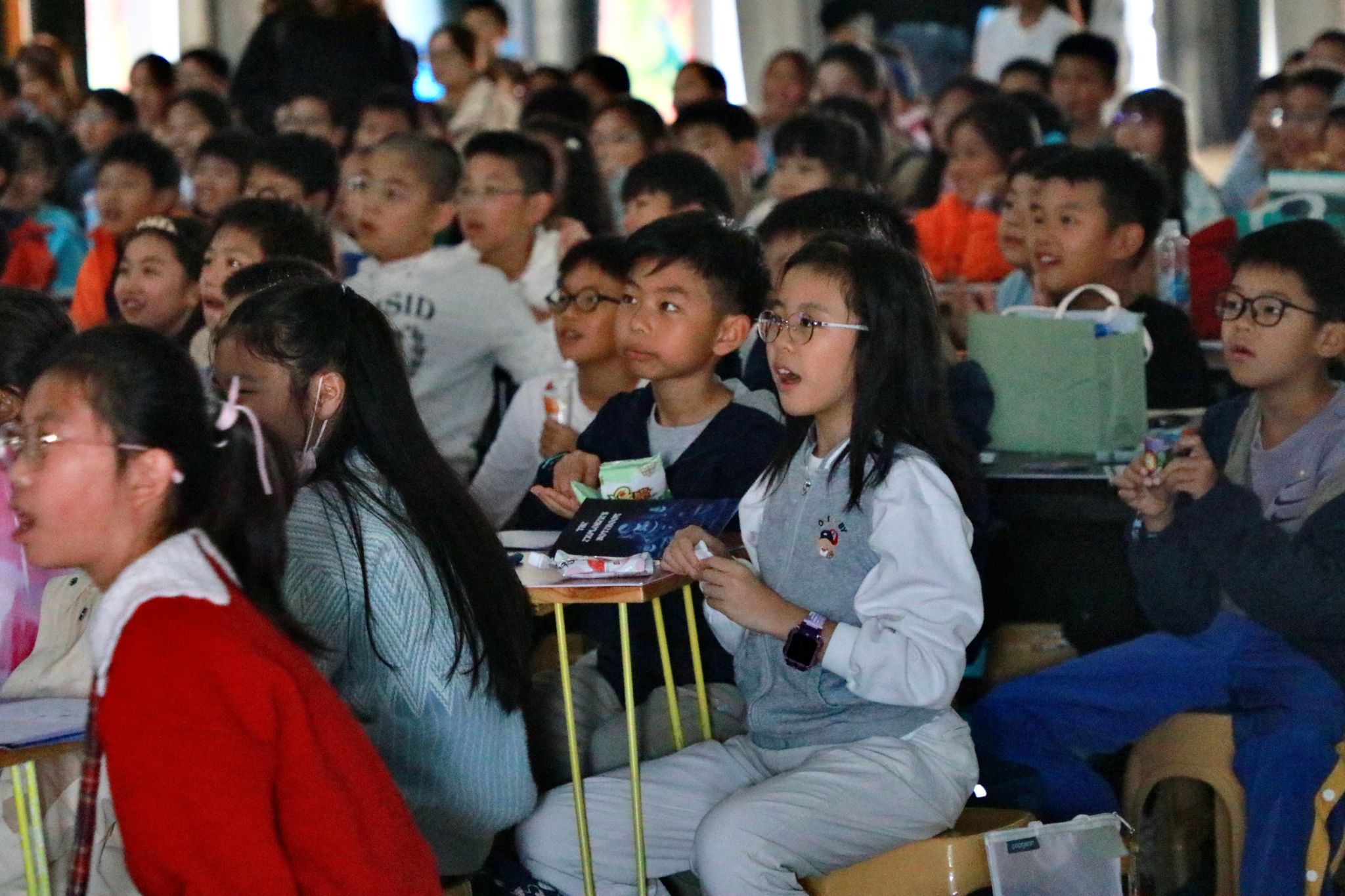
After the talk, Mr. Chen used a miniature music box to illustrate the intricate artistry involved in industrial manufacturing, guiding students through the process of assembling their own music boxes. Despite their small size, these music boxes required careful precision, with six components and seven screws that had to be assembled just right to create a melody. The students focused intently, carefully piecing together the delicate parts to build a harmonious whole. As the music began to play, they celebrated their creations, eagerly anticipating the rest of their study tour.
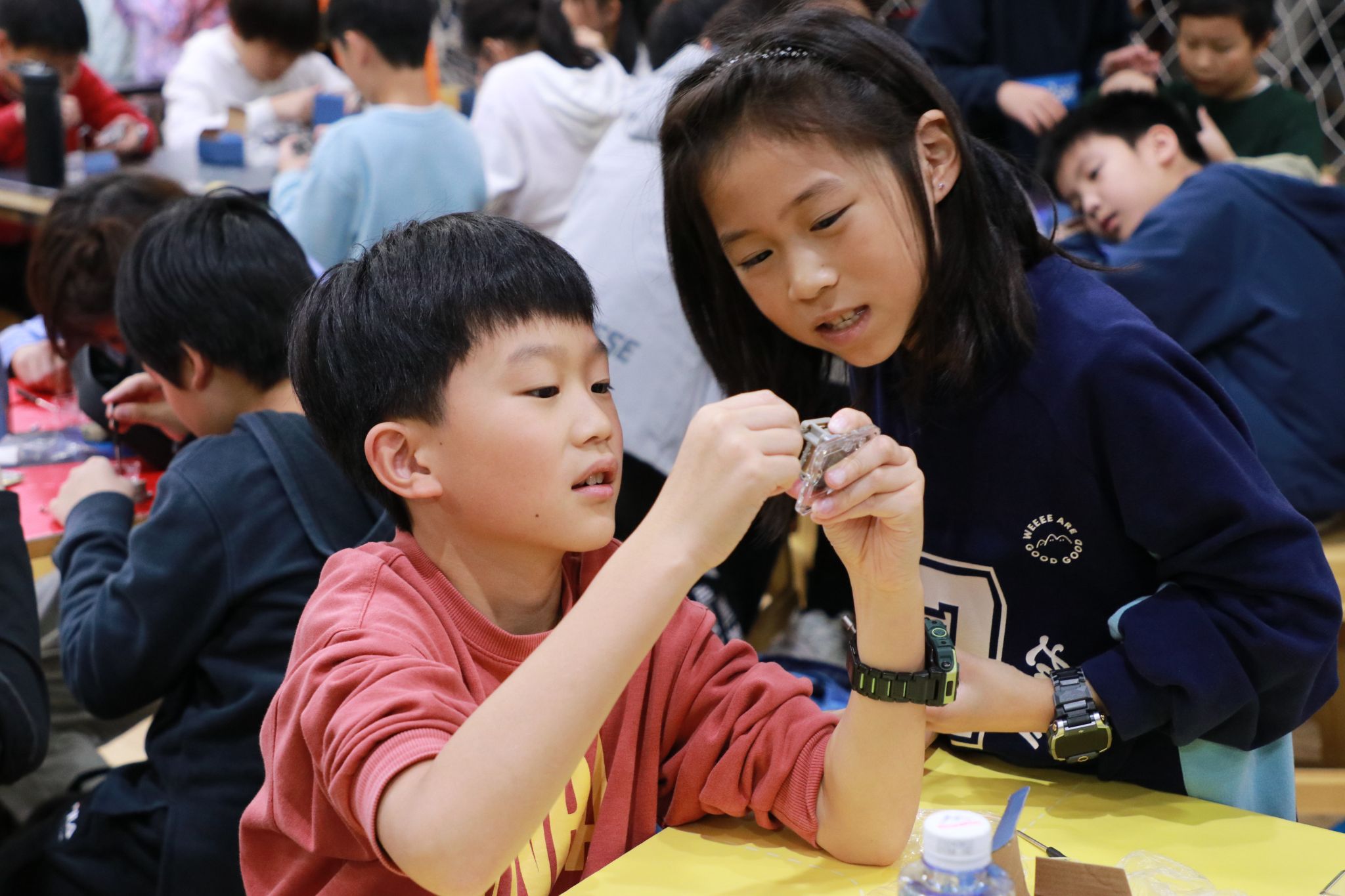
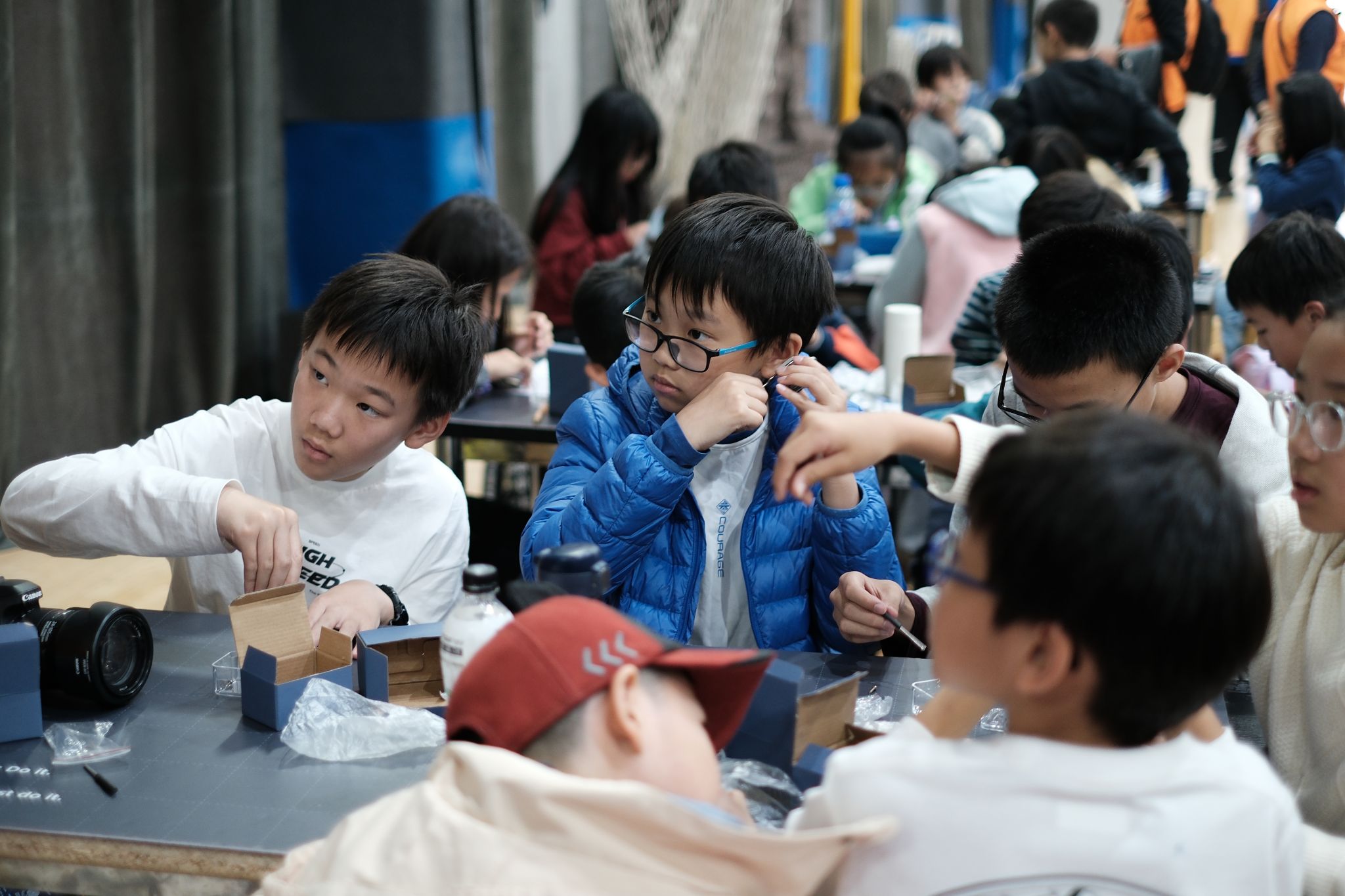
The museum is divided into four sections: "Emergence: National Industry," "Revitalization: Industrial Power," "Rise: Smart Manufacturing," and "Hello, Robots." These exhibits trace China’s journey from importing foreign technology to creating its own innovations and becoming a leader in intelligent manufacturing. Armed with questions from their study guides and brimming with curiosity, the students explored every section of the museum. On the second floor, two exhibition halls showcased over 500 iconic Chinese industrial products and artwork, telling the story of nationally made products across various stages of China’s development. The old designs such as Butterfly sewing machine, Forever bicycle and Hongqi sedan brought the students back to a bygone era, showing them the importance of these Chinese designs. These historical artifacts were more than just nostalgic displays; they embodied the nation’s aspirations for progress and innovation.
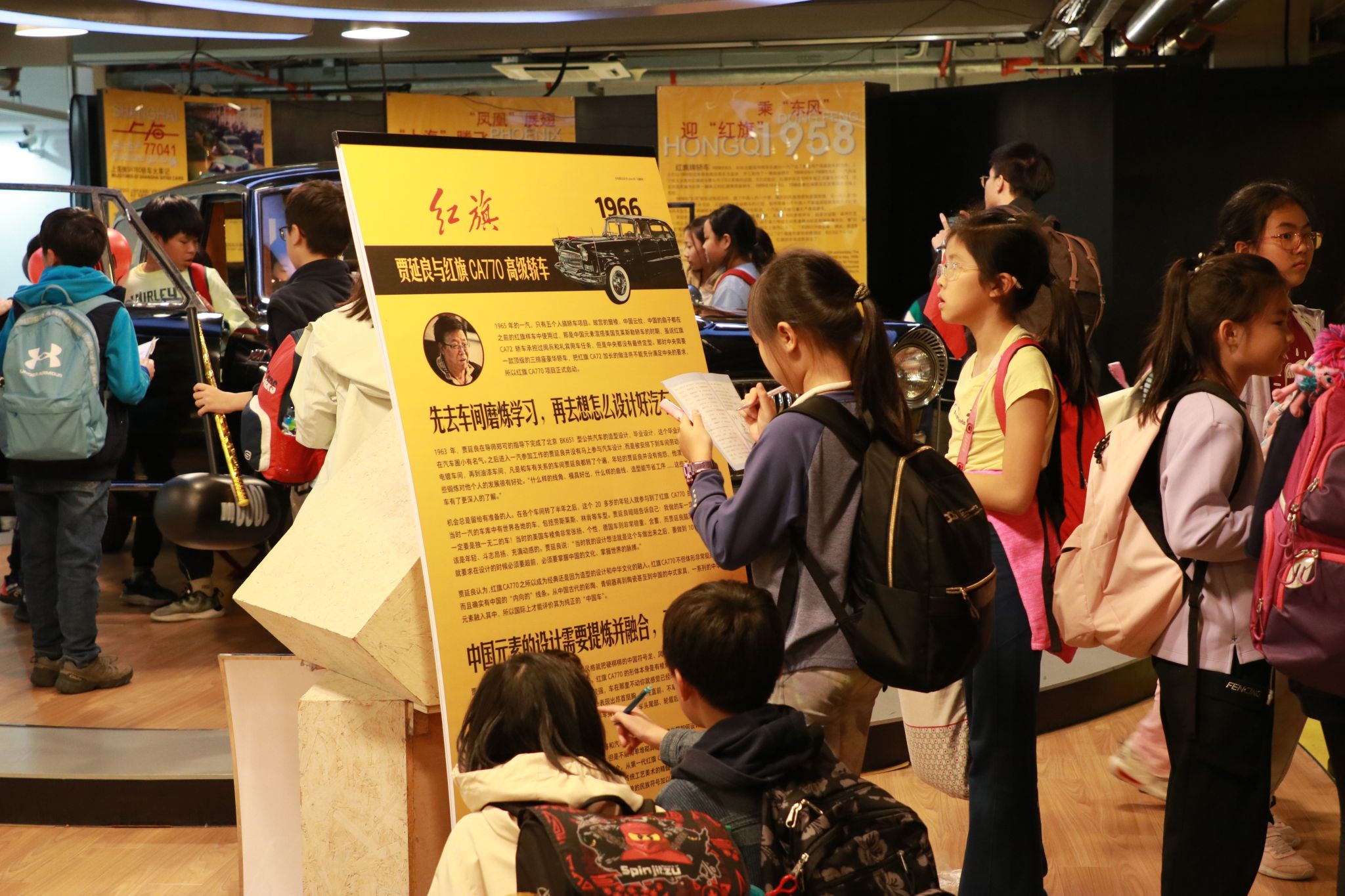
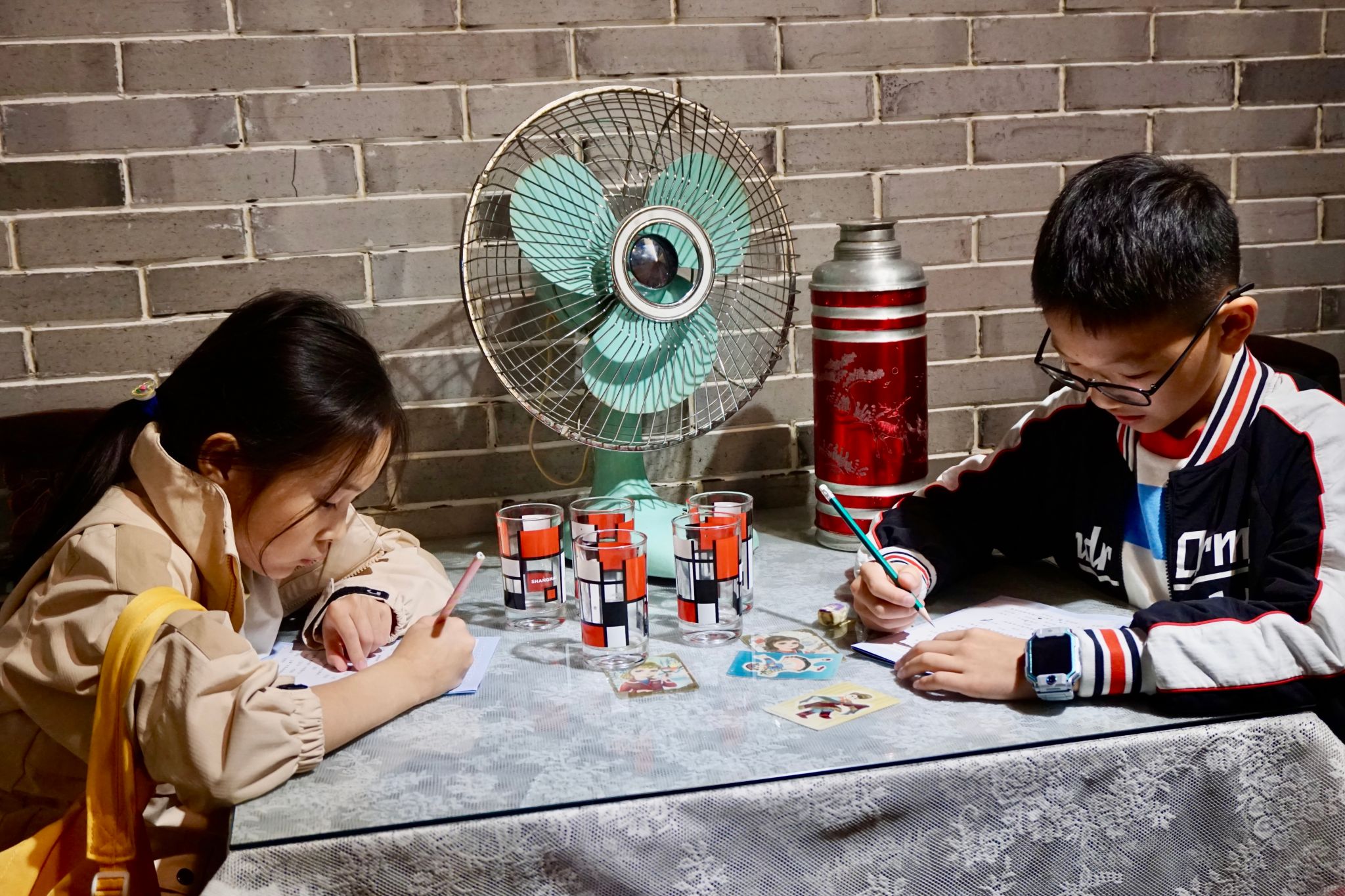
On the third floor, two additional exhibit areas featured models of advanced equipment from the fields of aviation, aerospace, and cutting-edge tech, highlighting China’s strides toward high-end, smart, and sustainable manufacturing. Space enthusiasts were captivated by the models of the "Long March 2F" rocket, Chang’e 4 and 5, Tianwen-1, BeiDou-3, and the Tiangong space station. Meanwhile, tech-savvy students were drawn to the "Hello, Robots" section, reflecting humanity’s vision for the future. Here, the evolution of robots became a cross-generational conversation, demonstrating how industrial design serves as a bridge between past and future, preserving traditions while driving innovation.
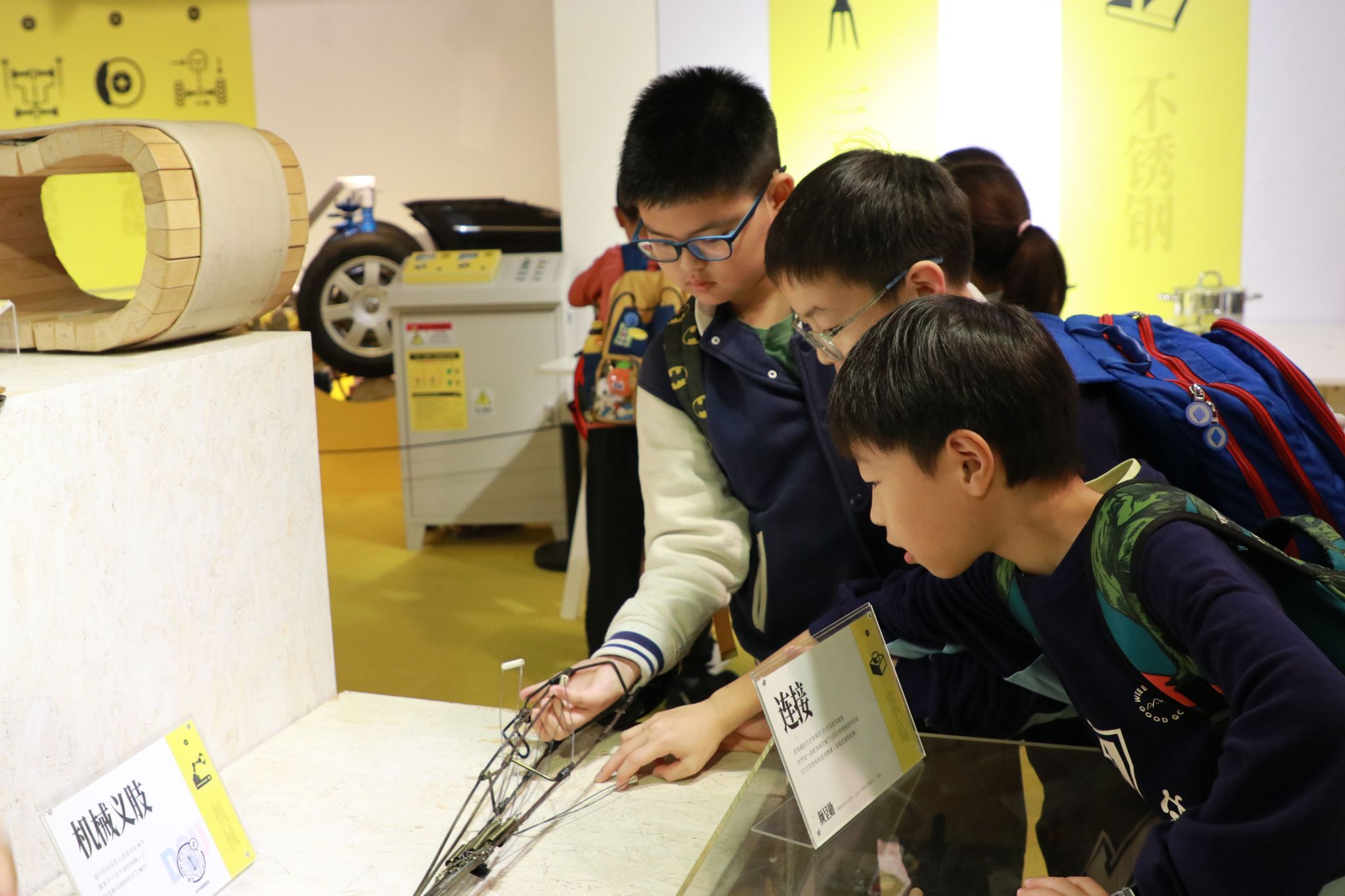
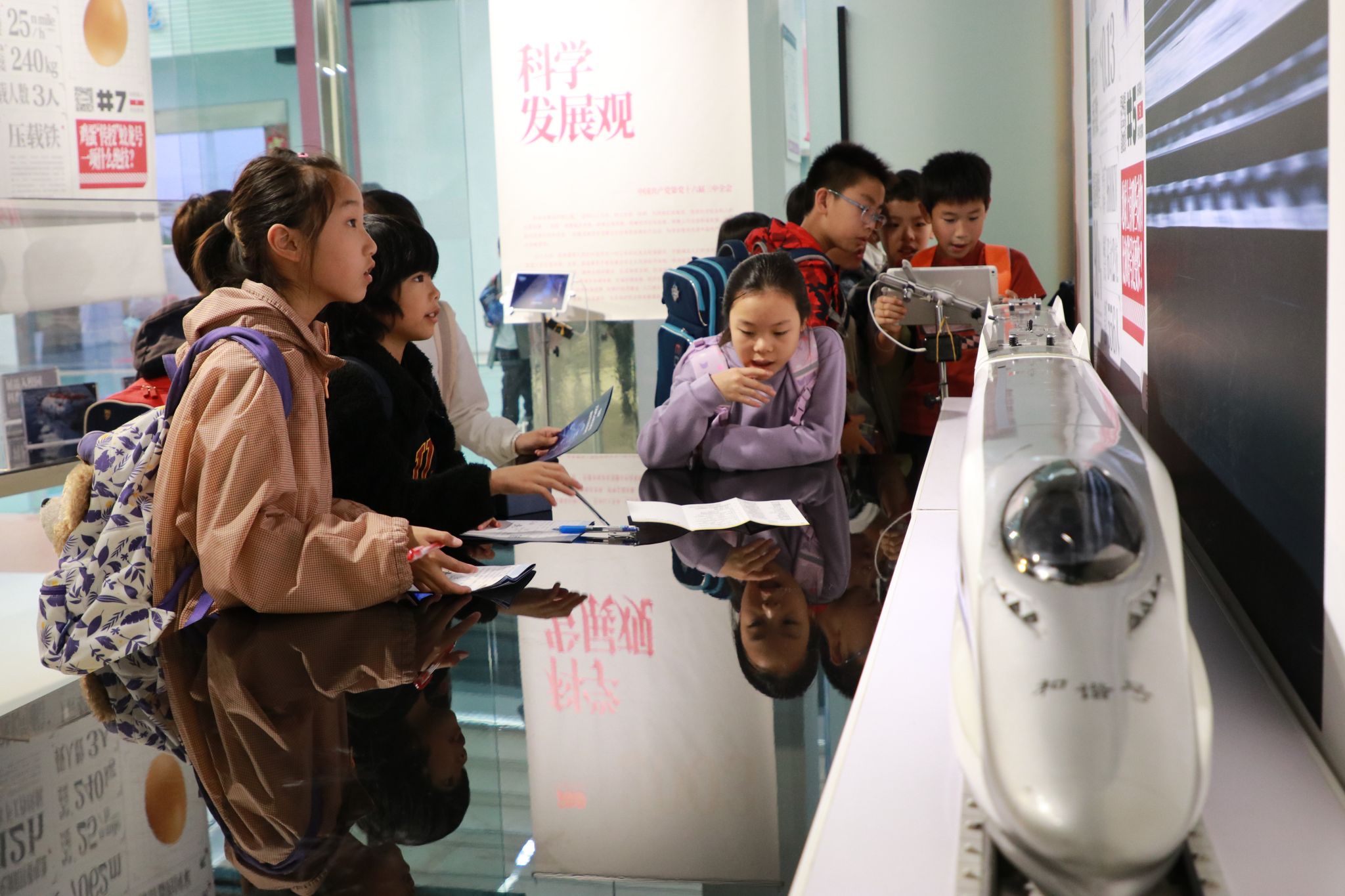
As the students looked back on China’s transformation from "Made in China" to "Created in China," they gained a close-up understanding of the nation’s industrial achievements, felt the impact of homegrown innovation, and glimpsed the future of technology and design. Many expressed newfound interest in industrial design as a possible career path. In their notes and reflections, they shared not only their admiration for the exhibits but also a deeper appreciation for the cultural legacy embedded within each design.

Changfeng Park
Changfeng Park is a beautiful retreat of lakes and hills, with Yinchu Lake and the Tiebi Hill painting a scenic landscape among the city’s skyscrapers. Built in 1959, the park holds special memories for generations. This study tour brought students to a park cherished by their parents and grandparents, where they experienced traditional rides like bumper cars, the giant pendulum, and the flying chairs. While these attractions may seem modest compared to today’s high-tech amusement parks, the students rediscovered the simple joy of sharing these moments with friends.
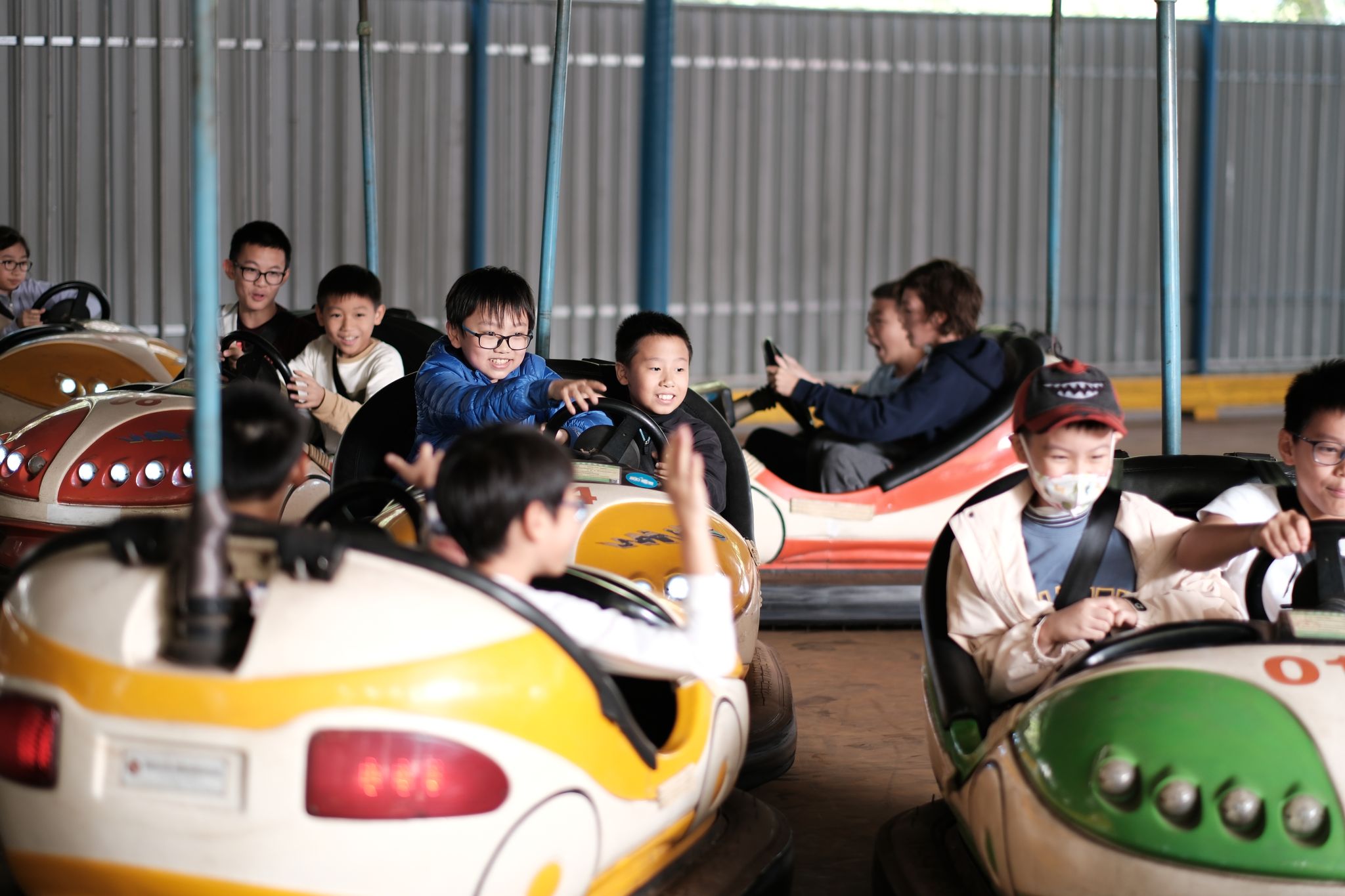
Alongside the lakeside scenery of Yinchu Lake, with its islands, bridges, and pavilions, students enjoyed the crisp autumn day, wandering between bridges and gazebos. As they explored, park staff shared the park’s history and future development plans.
The park’s plans include a series of upgrades to better integrate with the city’s evolving landscape and meet the needs of modern residents. The renovations will open up the park by removing existing walls and entrances, blending it seamlessly with the surrounding urban area. The students were especially excited to learn about the redesign of Heisong Mountain, which will soon feature a “child-friendly” physical training area with over 20 activities designed for the young. As Changfeng Park embraces new ideas for a brighter future, it embodies the principles of “innovation-driven, design-led, intelligent transformation,” presenting students with a vivid example of high-quality urban progress.
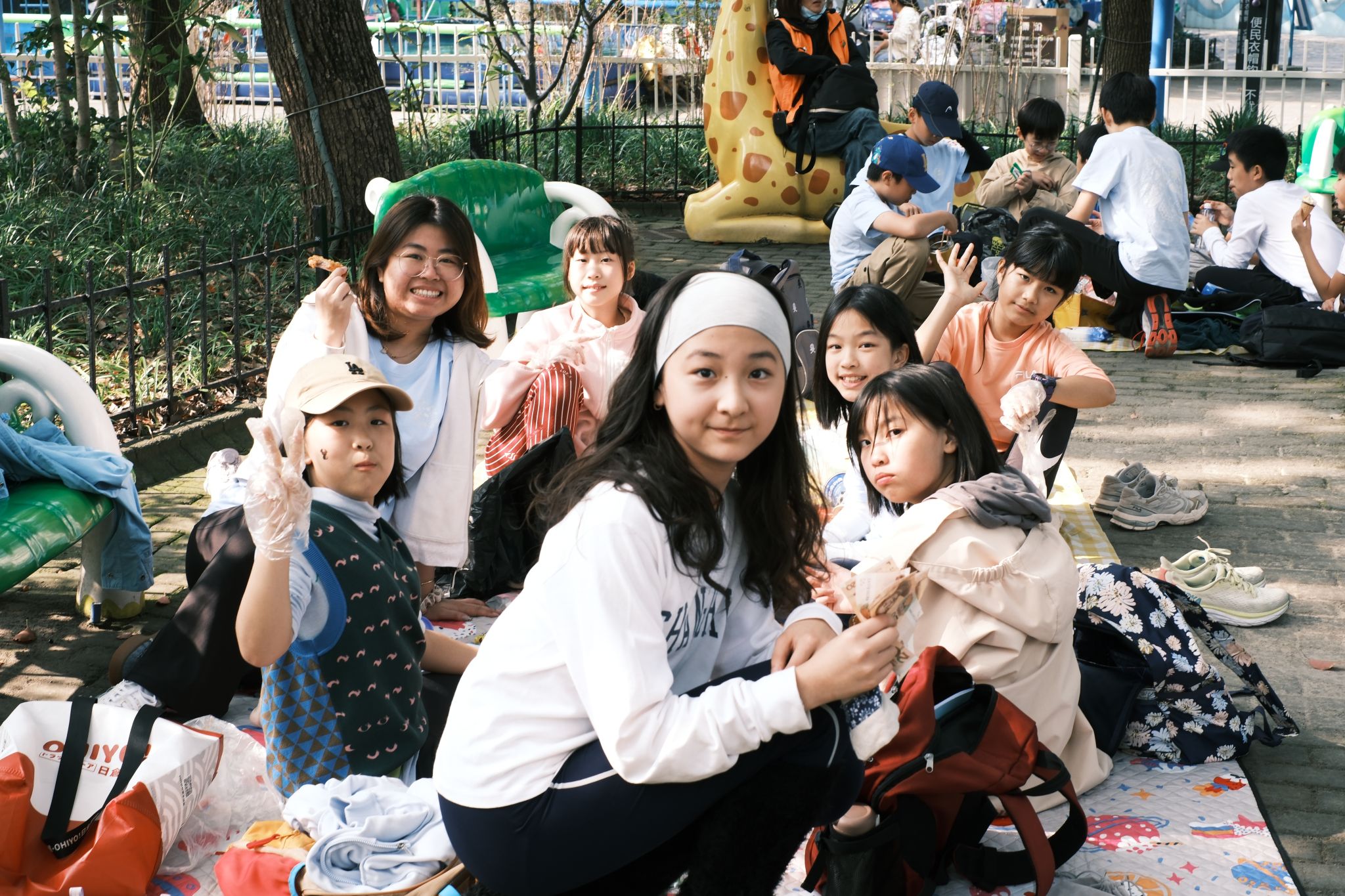
This autumn study tour encouraged students to reflect on history, explore cutting-edge ideas in industrial design and urban planning, and see how progress can harmonize with tradition. We look forward to seeing these young minds contribute their creativity and talents to shaping a better future.
Written by Teng Chen, Cathy Cao
Pictures/Video by Minxuan Cao, G4-5 Teachers
Edited by Cong Luo
Reviewed by Luting Lu, Cong Luo, Judah Kuhn